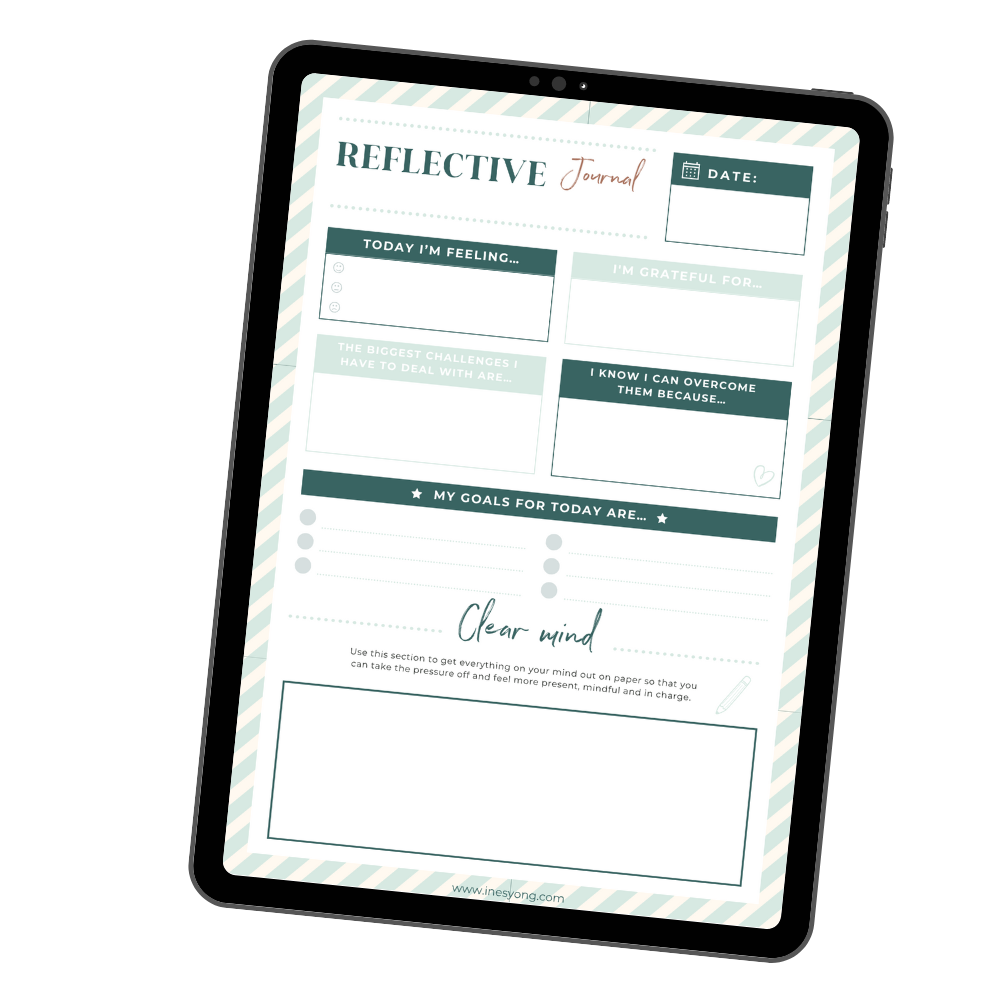Do your little ones poke around in the kitchen and you’re not sure how kids can be your super helper in the kitchen or simply a nuisance.
Let me share with you how cooking with kids can save you time in chores and parenting because it will help you and your child reap big time benefits.
Under an adult’s supervision, your child can learn new skills and develop self-confidence while they participate in food preparation either at home or at school. They feel good about doing something “grown up”. There are different ways kids can help in the kitchen and you can start by giving them small jobs to do. Rembmer to praise their efforts!
Teaching kitchen skills is a shared time together. Children are eager to learn and are curious. Just like learning to read and write, being able to prepare meals and clean up are essential life skills. Kids learn by watching adults in the kitchen.
Preparing food can encourage your children to be food experimenters and healthy eaters. These activities also help build family relationships.
Starting them young on kitchen skills means acquiring important skills which will prepare them to be independent and being able to prepare food for themselves when they get older.
Kids can be your super helper in the kitchen and benefit from the different ways that reinforce their reading, math and fine motor skills.
1. Reading a recipe and following instructions
Cooking offers a great opportunity for language development. As you read a recipe, you are labelling the ingredients, your child is learning new words and terms. This is great for increasing a child’s vocabulary.
Even younger kids can simply participate by turning the pages and “read” the number of ingredients, for example, reading the number of of teaspoons of …, and reading the number on the scale.
New readers can practise reading skill by reading recipes. They are eager to practise their newfound skills and love to read whatever they can get their hands on including food labels. One of our kids loves reading out loud the few ingredients on the back of a tetrapak orange juice or the label of a jar of marmalade while we have our breakfast together.
The instructions in recipe books are generally written in a straightforward manner. As your child gets older, he or she can even create and learn instructional writing.
2. Measuring, counting, timing and sequencing
Counting (number of spoons of…), mathematical language (more than, bigger, smaller), multiplication (doubling a recipe) weighing (scales) , fractions (1/2 cup), timing (setting the timer to 5 minutes) and sequencing (add this and then that) are just a few of the many mathematical skills that can be developed in cooking.
3. Kneading, pouring, slicing
Ever wonder why play dough is the most common early childhood toy?
Beyond being fun, real and play dough has several important benefits for children’s development. While children are busy rolling, poking and squishing dough, they are building strength in the little muscles in their fingers and hands. These same muscles are used for later skills such as cutting and holding a pencil with a pincer grasp.
Children are also learning hand-eye coordination as they use their hands to shape dough. Each different way children shape play dough—pushing, pulling, squashing, squeezing, rolling, chopping, cutting—builds fine motor development in a different way.
The Montessori method is well known for promoting scooping and pouring activities. Scooping and pouring activities are common in the écoles maternelles (kindergartens) in France as it helps develop fine motor skills associated with practical life skills, not to mention the value of sensory experiences in young childhood education. You can easily introduce these activities to your child by getting him or her to scoop and pour ingredients when preparing food together with you. As your child gets older, teach him or her to use a knife for slicing. Make sure that the knife’s size is easy to use for your child and has child-friendly features, such as rounded tip and shorter blade, so that it’s easy for little hands to manoeuvre.
4. Experimenting with different utensils
There are many things children love about the kitchen, especially kitchen utensils. Let them discover basic utensils such as spatula, tongs and whisks. Teach them what they are used for and show how to use them. You can also introduce a variety of slicing and chopping tools. Other than knives, you can show them a spreader, wavy chopper, egg slicer and apple slicer.
Containers and pitchers are some of the most used items in our kitchen. Our children have been introduced to “their” own water pitcher since they were young. They use a lovely pitcher that I got from a small artisan in the south of France to fill up with drinking water from the tap.
Give the right tasks : age by age
Your child is learning a lot of new things, but he will not always grow and develop at the same rate as other children. He may be faster or slower than other children his age. Give the tasks that your child can handle when he or she has acquired the motor skills to do it. It’s always good to start with small jobs and build up.
Always keep in mind that your child should be accompanied by an adult when he or she works in the kitchen!
At 2 years:
Wipe tables.
Hand items to adult to put away (such as grocery shopping).
Place things in the trash.
Tear lettuce or greens.
Help “read” a cookbook by turning the pages.
Rinse vegetables or fruits.
At 3 years:
All that a 2-year-old can do, plus:
Add ingredients.
Talk about cooking.
Scoop or mash potatoes.
Knead and shape dough.
Stir simple ingredients such as pancake batter.
Name and count foods.
Help assemble a pizza or a tart.
Use cookie cutters.
Use a pastry brush to oil meat, vegetables and other food.
Snap green beans.
Peel bananas.
At 4 years:
All that a 3-year-old can do, plus:
Peel hard-cooked eggs.
Peel oranges.
Set and help clear the table.
Help measure dry ingredients.
Help make sandwiches and tossed salads.
Squeeze citrus fruits.
At 5 years:
All that a 4-year-old can do, plus:
Measure liquids.
Cut soft fruits and vegetables.
Use a whisk to beat eggs.
At 6 to 7 years:
All that a 5-year-old can do, plus:
Crack eggs into a bowl.
Use a vegetable peeler.
De-seed peppers and tomatoes.
Shuck and rinse corn.
Use scissors to cut green onions and herbs.
Prepare lettuce for a salad.
At 8 to 9 years:
All that a 6- to 7-year-old can do, plus:
Rinse and clean vegetables.
Use a can opener.
Measure and mix dry ingredients.
Use a food thermometer.
Juice citrus fruits.
Pound chicken on a cutting board.
At 10 to 12 years:
All that a 8- to 9-year-old can do, plus:
Boil pasta and vegetables.
Simmer ingredients on the stove top.
Follow a simple step-by-step recipe.
Slice and chop vegetables.
Bake and microwave foods.














